Sizing up a new watch? When it comes to picking the perfect fit for your wrist, there are tried-and-tested tips to ensure you and your new timepiece are perfectly matched
October 11, 2021
A Moment On the Wrist…
by AHMED SEDDIQI & SONS
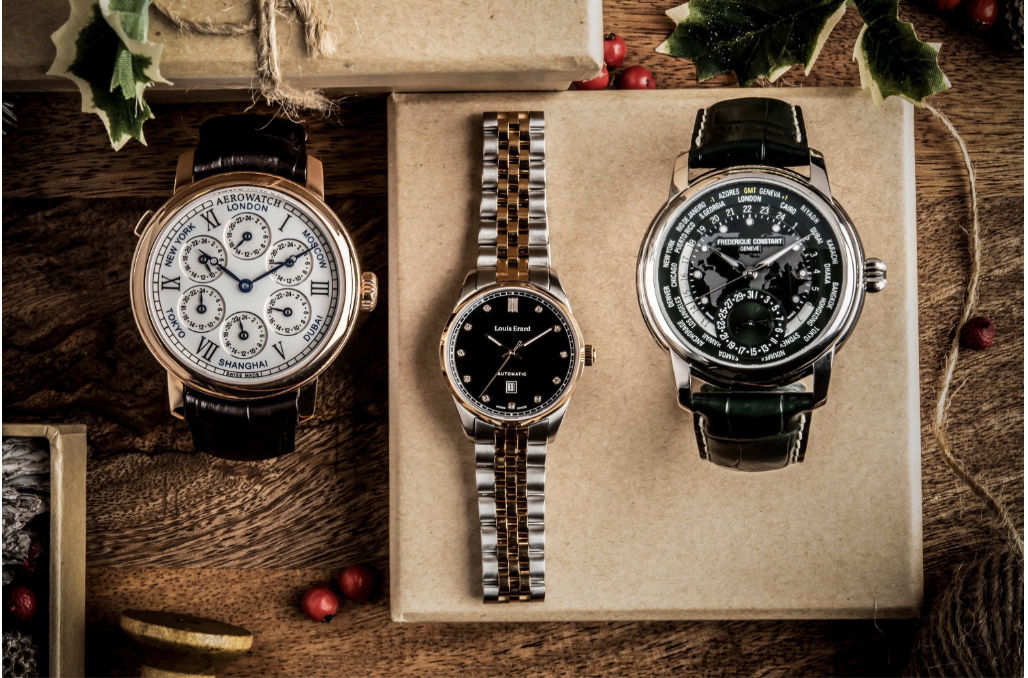
So, you’ve seen a wristwatch that’s caught your eye, but you’re not entirely sure whether you’re a match made in heaven. There’s a lot of advice about what size you should be wearing, but as with everything in life, there’s no one-size-fits-all approach.
The popularity of watch sizes changes over the years according to trends; smaller watches were popular a few decades ago, while in recent years large, oversized cases have been big news. And it’s not just diameter; the thinness of a wristwatch has also become a focus for master watchmakers competing to make the skinniest mechanical marvels. So – what should you consider, and what should be roundly ignored, when selecting a watch based on size?
Read on to get the lowdown…

1. It's not a matter of gender
Prevailing wisdom up until relatively recently has been that women’s watches are small (38mm and below) while men’s watches measure in between 38mm and up. However, a quick look back in time lends a new perspective on the issue of watch size. The first pocket watches – for men – were large compared to even the most generously proportioned wristwatches of today, easily measuring in at 50mm and above.
Today, many women proudly sport oversized models on their wrists. There’s an emerging trend for gender-neutral timepieces (usually between 38mm and 42mm) to consider… in the meantime we say when it comes to size by gender, you can throw the rulebook out of the window.
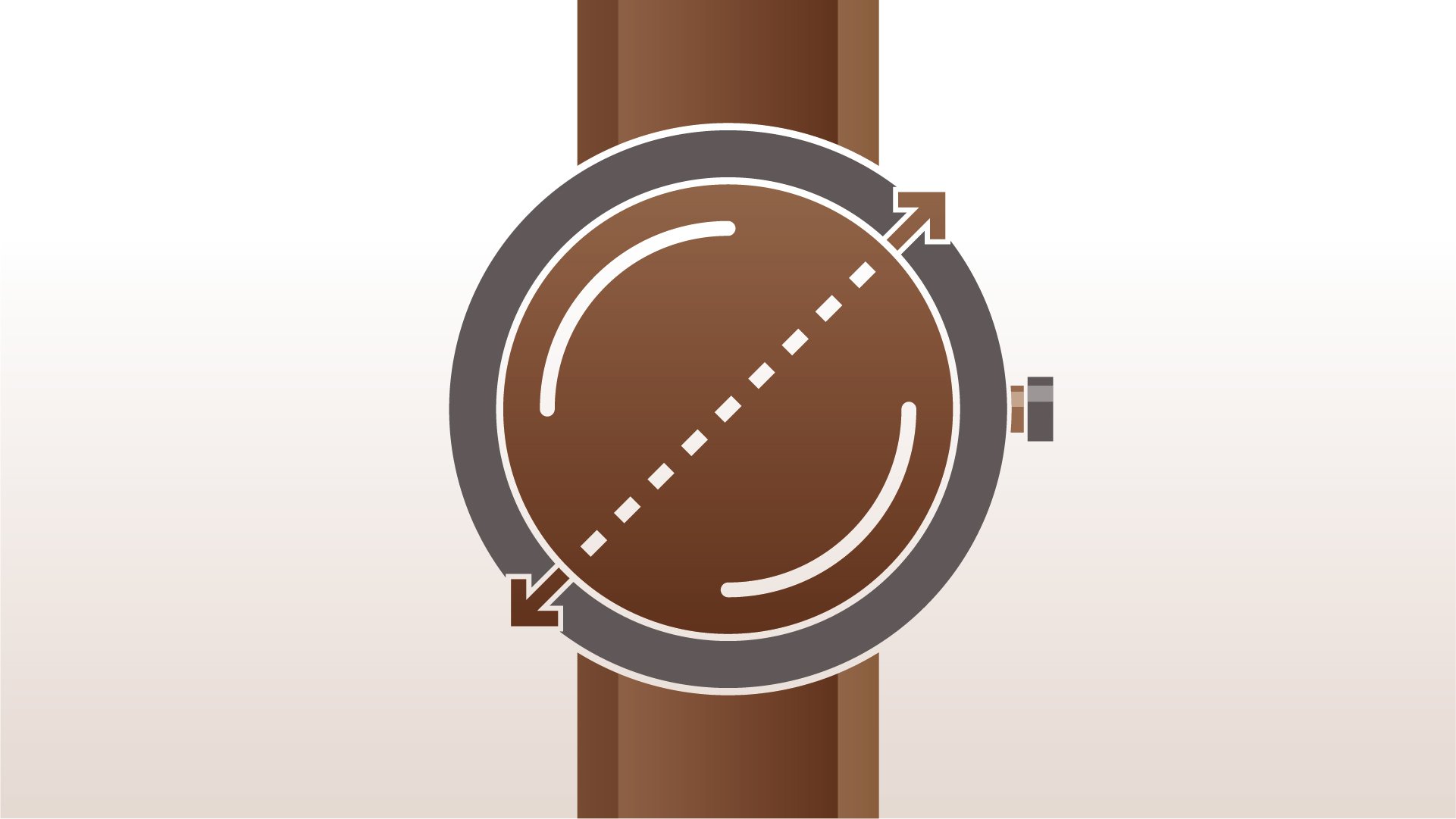
2. Look beyond the diameter
Watch sizes are usually referred to by the diameter of the dial, but that’s not the whole story. For example, not all 44mm watches are created equal. Design factors such as the lugs, the size and design of the bezel and the case thickness all come into play here: if the lugs extend significantly beyond the case the watch may not fit snugly around the wrist. The crown position needs to be taken into account, too – you don’t want that digging into you every time you flex your wrist. If the case is thicker, the watch will automatically sit ‘larger’ on the wrist. Conversely, if you’re after a super-thin watch, you may find you can wear one with a larger diameter
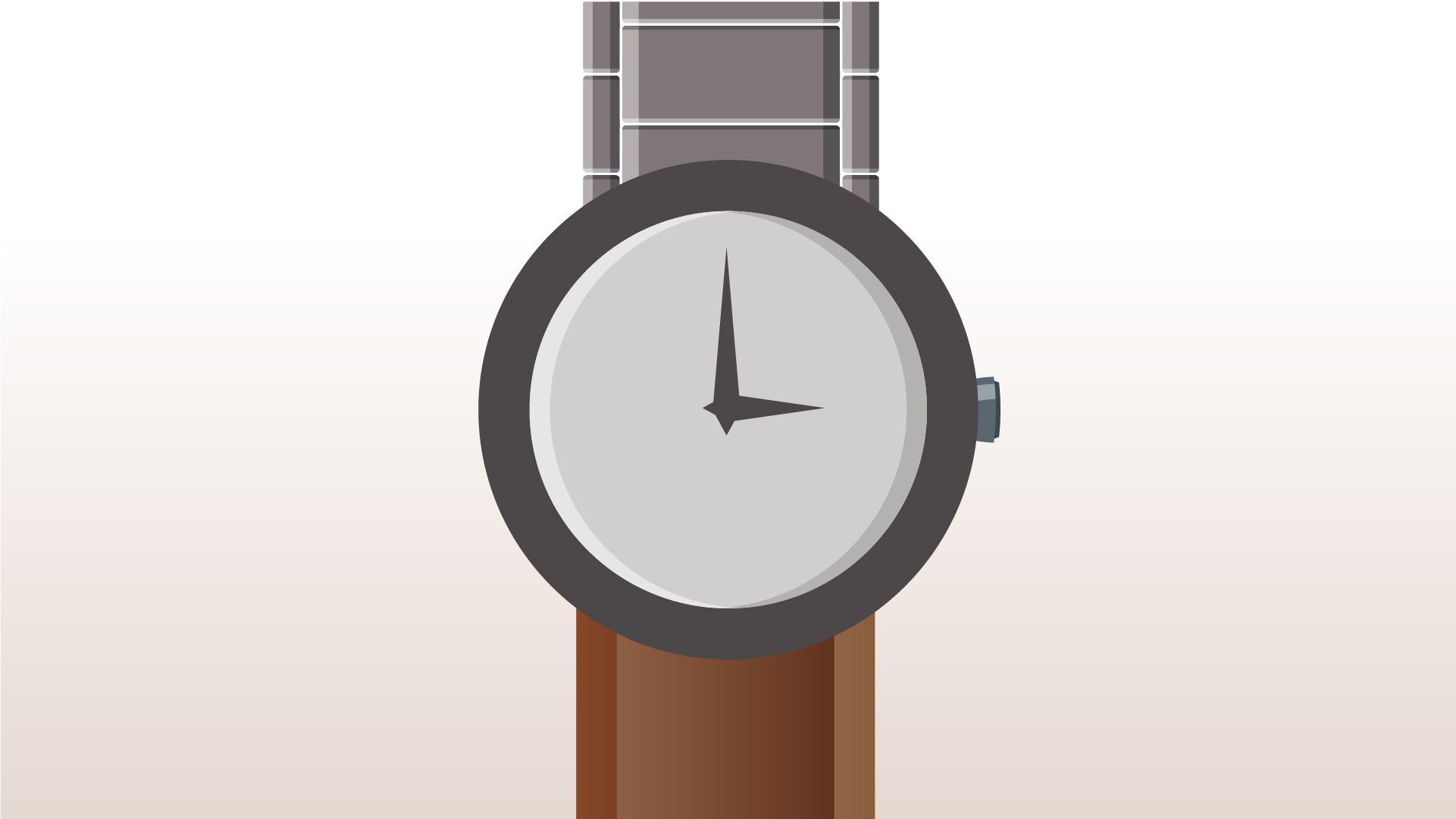
3. Strap or bracelet
How a watch fits around your wrist is also largely dependent on the strap or bracelet, both in terms of the bracelet and strap width. Prevailing wisdom states that the band should generally be half the size of the diameter of the case; a leather band generally looks smaller on the wrist while a bracelet looks chunkier. The bracelet links, though more durable than leather over time, may not
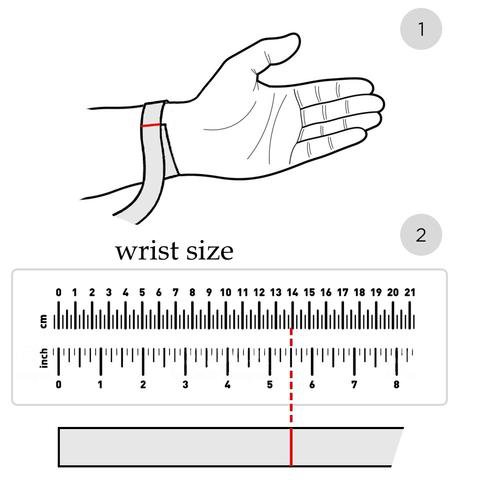
4. Wrist size
Although today there’s an ‘anything goes’ approach to watch size based on the wearer’s preference, it may also be useful to consider these guidelines based on measuring the wrist with a measuring tape. Those with small wrists of 150mm or less are advised to choose watches with a diameter of 34mm to 36mm; those with medium-sized wrists of up to 180mm to opt for a watch with a 38mm to 42mm diameter, and finally, those with large wrists of 190mm and up to strap on larger wristwatches with a 44mm and upwards size.
(Photo credit: timelux)
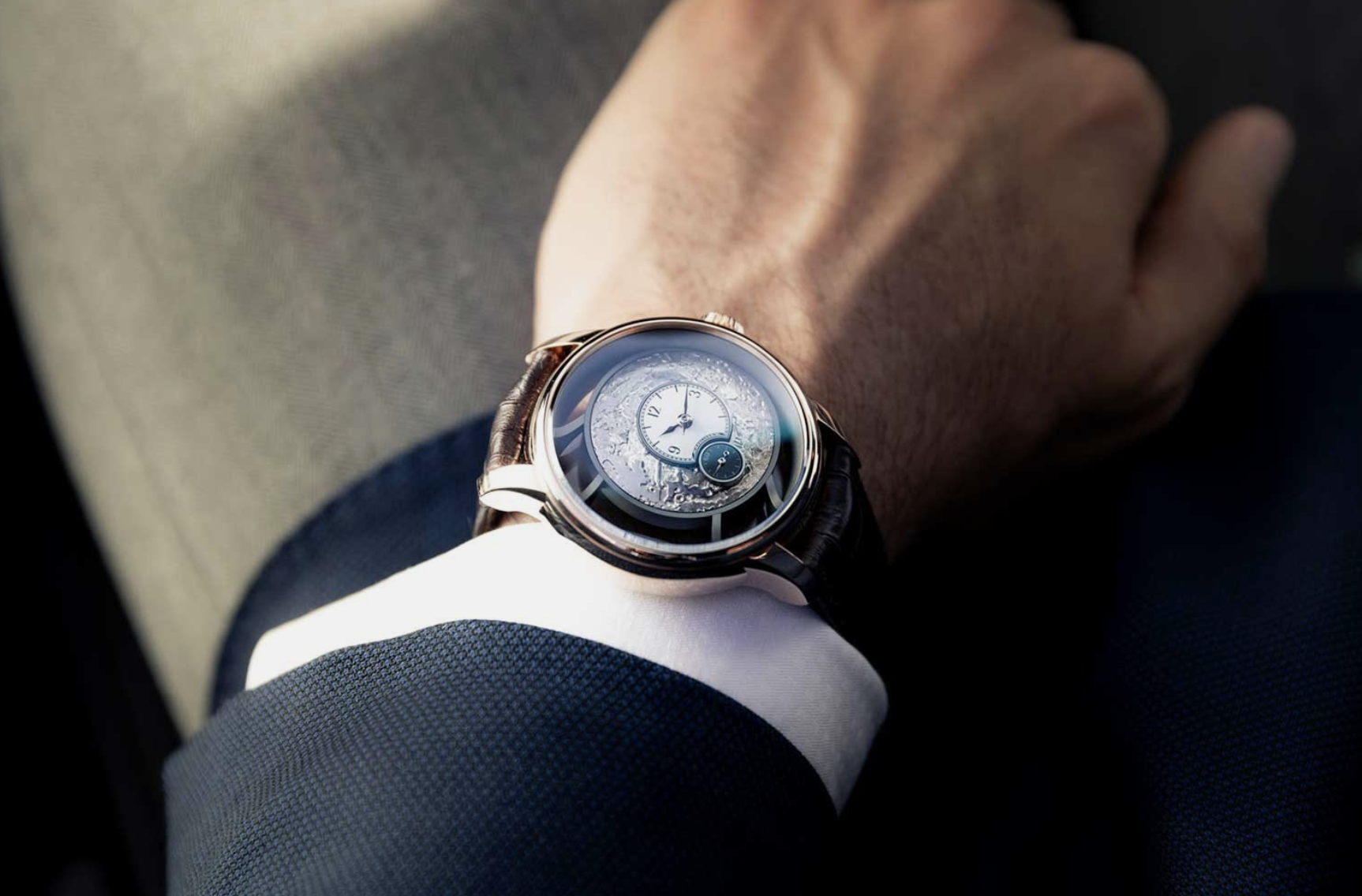
5. What’s it for?
If you’re going on an outdoors adventure and want a legible watch to tell time in low light, the sizing implication – a large dial – will be different from the size of a watch you can wear while in the boardroom. Similarly, it may make sense to choose a smaller watch for daily use, and if you’re a suit wearer, to consider one that lies flatter against your wrist.
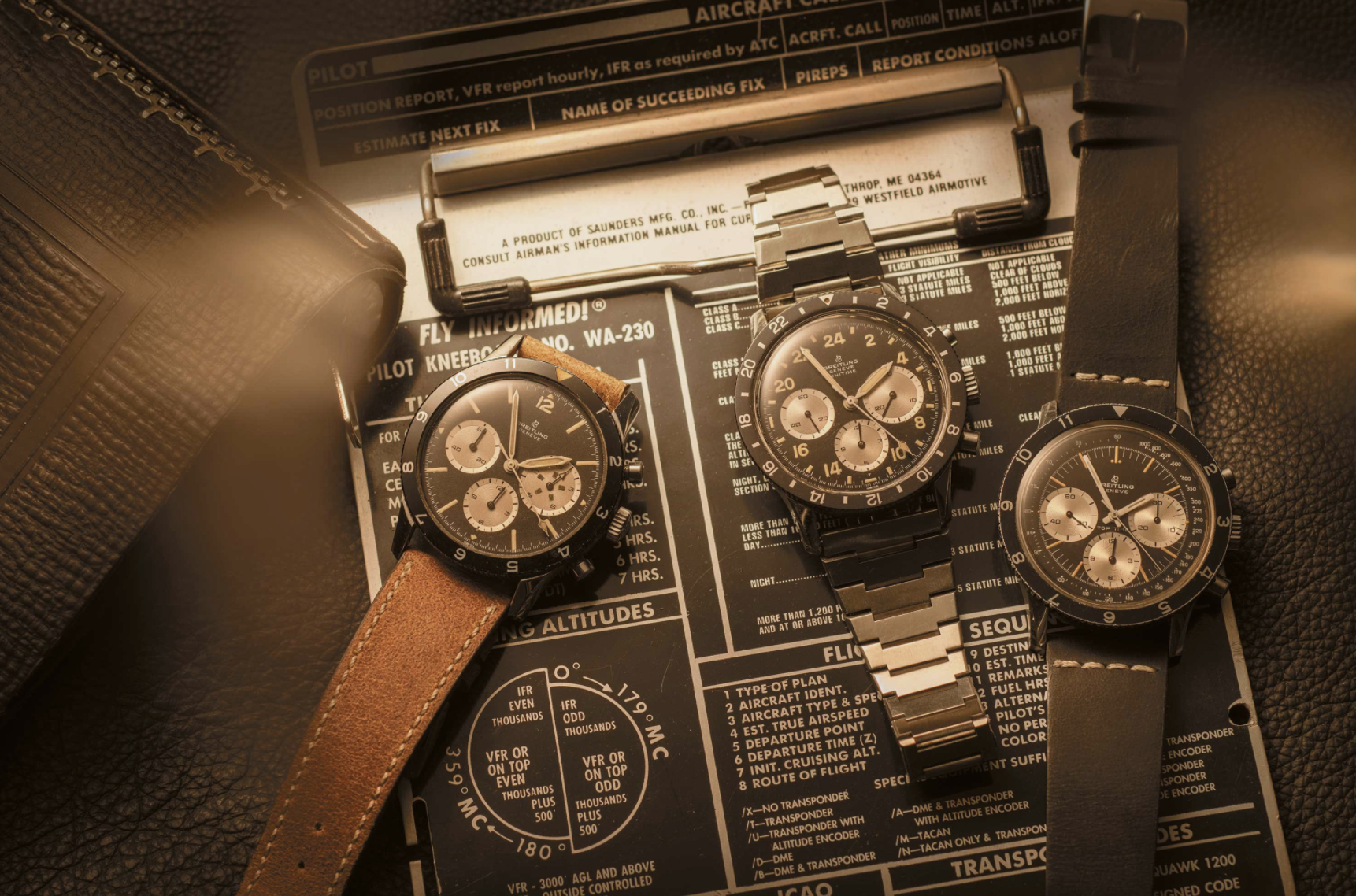
6. Try before you buy
It sounds obvious, but in our ecommerce-powered world where even rare and high-end wristwatches can be purchased online, it’s worth trying on the watch before you make a decision. Impulse buys are all well and good, but the remorse of acquiring a longed-for model and then discovering that it simply doesn’t sit comfortably can be avoided by popping into your local boutique. After all, even in a digital world, there’s no substitute for face to face.

